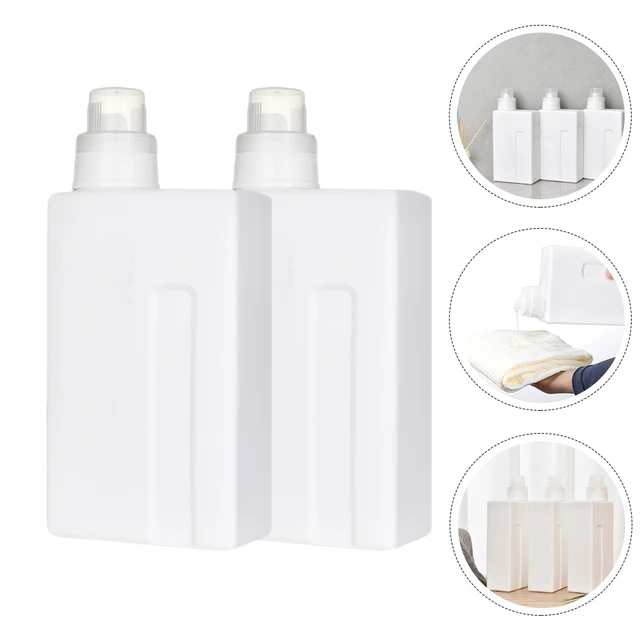 Introduction:
Introduction:
Laundry detergent bottles are a common household item that may raise questions about their recyclability. Proper disposal of these bottles can have a significant impact on the environment. In this comprehensive guide, we will explore whether laundry detergent bottles are recyclable and provide insights into the recycling process. By understanding the recyclability of these bottles, we can promote responsible recycling practices and reduce waste.
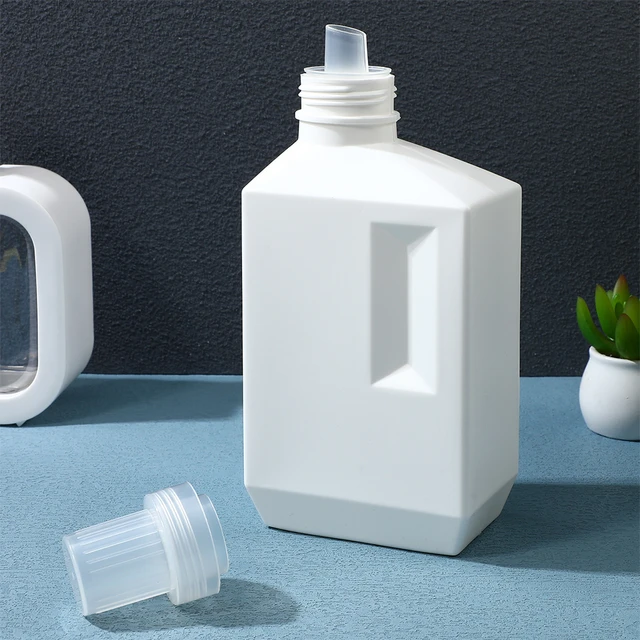 Introduction to Laundry Detergent Bottles and Recycling
Introduction to Laundry Detergent Bottles and Recycling
Laundry detergent bottles are typically made of high-density polyethylene (HDPE) or polyethylene terephthalate (PET) plastics. Recycling these materials is essential to reduce the environmental impact of single-use plastics.
A. Importance of Recycling: Recycling reduces the consumption of raw materials, conserves energy, and reduces greenhouse gas emissions associated with the production of new plastics.
B. Types of Plastics: HDPE and PET are commonly used in laundry detergent bottles due to their durability, resistance to chemicals, and recyclability.
Common plastic materials used in the production of laundry detergent bottles:
Laundry detergent bottles are typically made from various types of plastic materials. Here are some common plastic materials used in the production of laundry detergent bottles:
High-Density Polyethylene (HDPE):
HDPE is a sturdy and durable plastic commonly used for laundry detergent bottles. It is known for its resistance to impact, chemicals, and moisture. HDPE is recyclable and often used in packaging applications due to its strength and versatility.
Polyethylene Terephthalate (PET):
PET is another commonly used material for laundry detergent bottles. It is lightweight, transparent, and has good barrier properties against water and oxygen. PET is recyclable and widely used in the packaging industry.
Polypropylene (PP):
PP is a plastic material known for its heat resistance and durability. It is commonly used for caps and closures of laundry detergent bottles. PP is also recyclable and has good resistance to chemicals.
These plastic materials are chosen for their strength, chemical resistance, and ability to protect the laundry detergent from moisture and external contaminants. Plastic laundry detergent bottles are typically designed to be easily recyclable, but it’s important to check local recycling guidelines and facilities to ensure proper disposal and recycling practices.
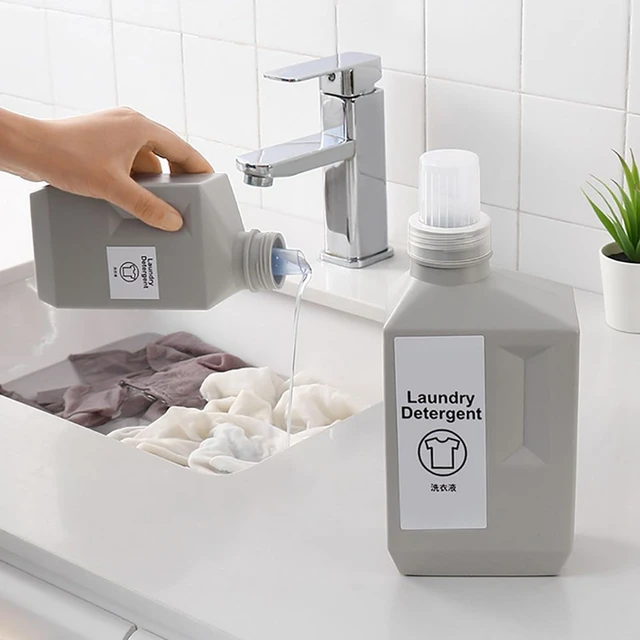 Some common types of laundry detergents:
Some common types of laundry detergents:
There are various types of laundry detergents available on the market, each designed to meet different laundry needs and cater to specific fabric types. Here are some common types of laundry detergents:
Standard or Conventional Detergents:
These are the most commonly used laundry detergents and are suitable for everyday use. They are designed to effectively clean a wide range of fabrics and remove dirt and stains.
High-Efficiency (HE) Detergents:
HE detergents are specifically formulated for high-efficiency washing machines, which use less water. They are designed to produce less suds and have concentrated formulas to provide effective cleaning with less water usage.
Eco-Friendly or Green Detergents:
Eco-friendly laundry detergents are formulated to be more environmentally friendly, using plant-based or biodegradable ingredients. They are free of harsh chemicals, synthetic fragrances, and dyes.
Sensitive Skin Detergents:
Sensitive skin detergents are designed for individuals with allergies, sensitive skin, or skin conditions like eczema. They are formulated to be hypoallergenic and free of harsh chemicals, fragrances, and dyes that can irritate the skin.
Baby-Safe Detergents:
Baby-safe detergents are specially formulated for washing baby clothes and diapers. They are gentle on sensitive baby skin and free from potential irritants, fragrances, and dyes.
Delicate or Wool Detergents:
Delicate or wool detergents are designed specifically for washing delicate fabrics, such as silk, lace, wool, and cashmere. They are formulated to be gentle and to minimize damage to delicate fabrics.
Stain Removers:
Stain removers are designed to target and remove specific stains, such as grass, grease, wine, or blood. They can be used in combination with regular detergents or as presoaks before regular washing.
Color-Safe or Color-Protecting Detergents:
Color-safe detergents are formulated to help prevent color fading and bleeding, allowing you to wash colored clothes without the risk of colors bleeding onto other garments.
The choice of laundry detergent depends on factors such as the type of fabric, laundry needs, personal preferences, and any specific requirements like sensitive skin or environmental concerns. It’s recommended to read product labels and follow the manufacturer’s instructions for optimal results.
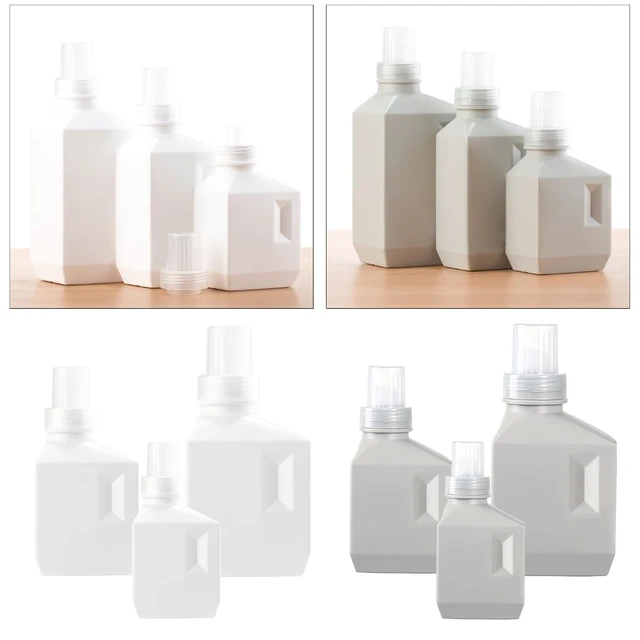 Identifying Recyclable Laundry Detergent Bottles
Identifying Recyclable Laundry Detergent Bottles
Not all laundry detergent bottles are recyclable, so it is crucial to identify the recyclable ones for proper disposal.
A. Check the Label: Look for the recycling symbol, typically located on the bottom of the bottle, indicating the material and recycling code.
B. HDPE or PET Symbols: Laundry detergent bottles marked with the recycling codes “HDPE” or “PET” are recyclable in most recycling programs.
Recycling Process for Laundry Detergent Bottles
Understanding the recycling process sheds light on the journey of recycled laundry detergent bottles.
A. Sorting: In recycling facilities, laundry detergent bottles are sorted based on their plastic type using optical scanners or manual inspection.
B. Shredding and Washing: The sorted bottles are shredded into small pieces and washed to remove contaminants like labels, dirt, and residue.
C. Melting and Reprocessing: The cleaned plastic pieces are melted down and formed into pellets, which can be used to create new products, including new laundry detergent bottles.
Benefits and Challenges of Recycling Laundry Detergent Bottles
Recycling laundry detergent bottles offers numerous benefits, but it also poses certain challenges.
A. Environmental Benefits: Recycling conserves resources, reduces landfill waste, and lowers greenhouse gas emissions associated with producing new plastic bottles.
B. Economic Benefits: The recycling industry creates jobs and stimulates the economy through the processing and manufacturing of recycled materials.
C. Contamination Risks: Improper disposal of laundry detergent bottles, such as not rinsing them thoroughly, may lead to contamination and reduce their recycling value.
D. Participation and Education: Encouraging public participation and raising awareness about the importance of recycling can address challenges and promote proper recycling practices.
Tips for Recycling Laundry Detergent Bottles
Follow these simple tips for effective recycling of laundry detergent bottles:
A. Empty and Rinse: Ensure bottles are empty and rinse them thoroughly with water to remove any remaining detergent.
B. Remove Caps and Pumps: Remove non-recyclable caps and pumps from the bottles before recycling. These components may require separate disposal.
C. Check Local Recycling Guidelines: Familiarize yourself with local recycling guidelines, as they may have specific instructions regarding the recycling of laundry detergent bottles.
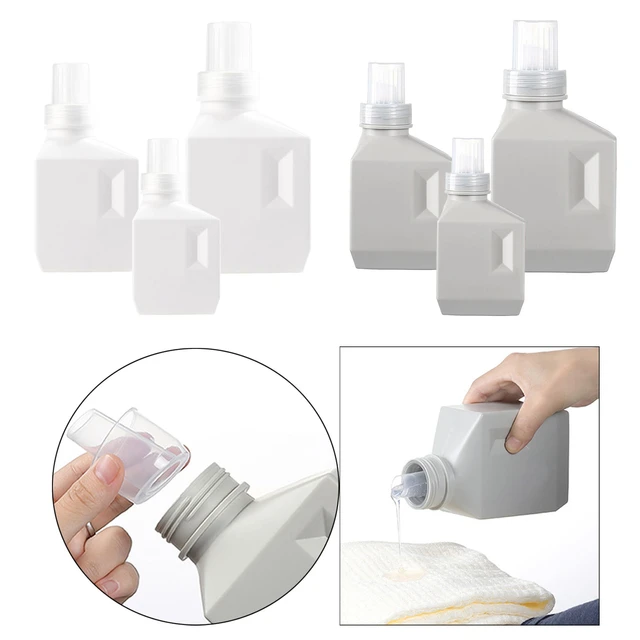 Conclusion
Conclusion
Laundry detergent bottles, typically made of HDPE or PET plastics, are recyclable in most recycling programs. Recycling these bottles contributes to the conservation of resources, landfill waste reduction, and lower greenhouse gas emissions. To recycle them effectively, identify the recyclable bottles by checking for the HDPE or PET symbols. Remember to empty and rinse the bottles before disposal, follow local recycling guidelines, and remove non-recyclable caps and pumps. By promoting responsible recycling practices and raising awareness about the recyclability of laundry detergent bottles, we can contribute to a cleaner environment and a more sustainable future.
